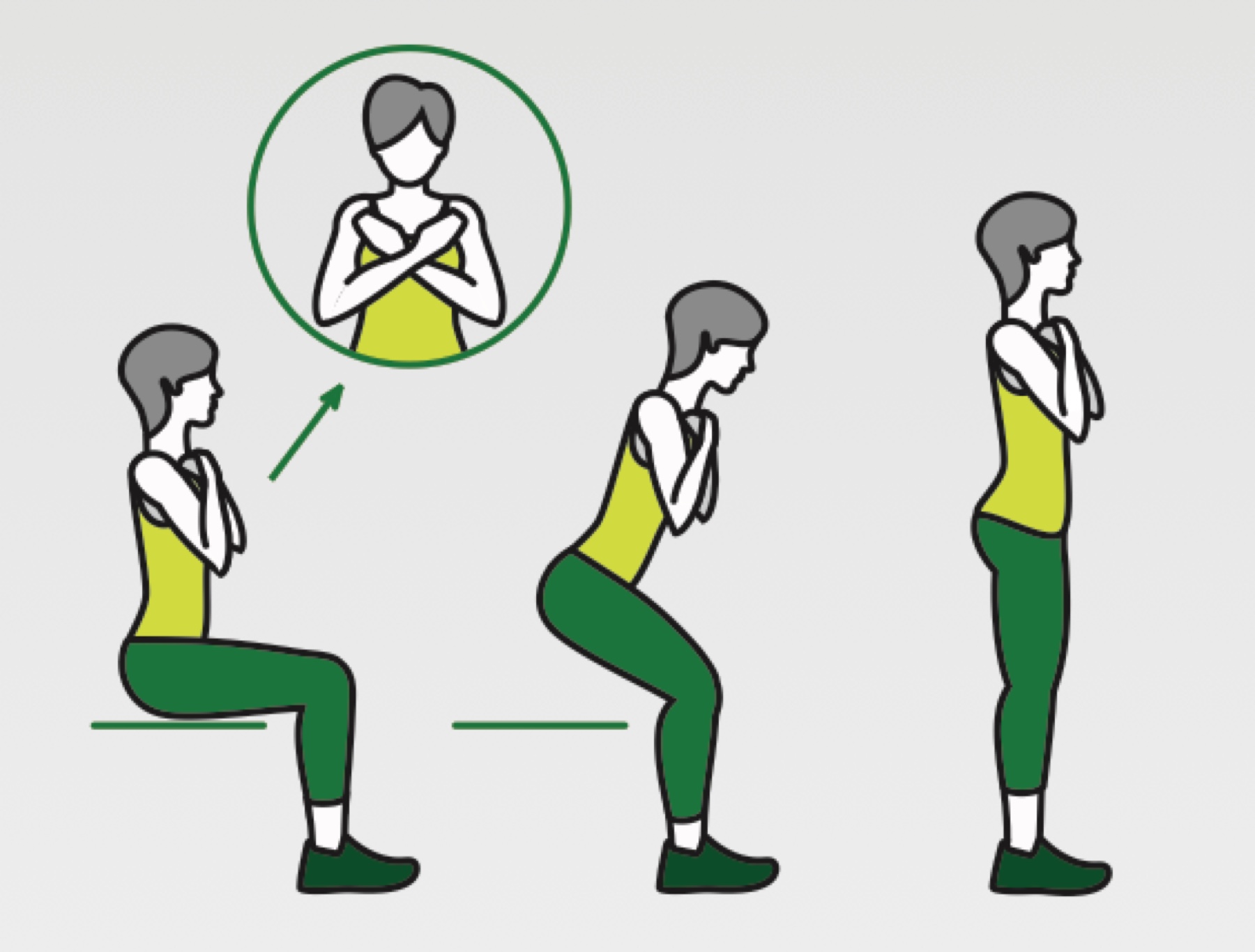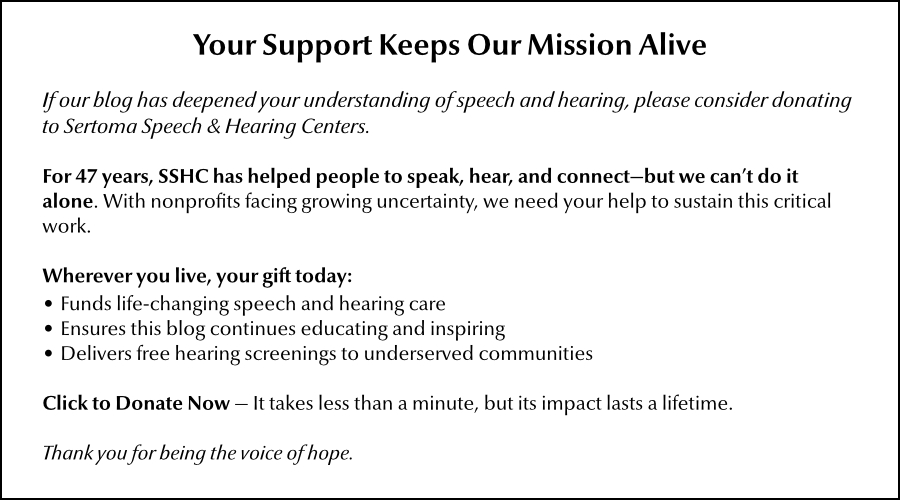Getting up from a chair may seem simple, but it reveals much about your health. The sit-to-stand test (STS) measures how many times you can rise from a sitting to a standing position in 30 seconds, offering insights into your strength, balance, and flexibility.
The STS test isn't just for identifying problems—it's about helping you to take control of your health and maintain independence as you age.
Why it matters
Your results on this quick test can predict your risk of falls, cardiovascular problems, and even mortality. For older adults in particular, low scores are associated with worse outcomes after surgery, increased chances of heart issues, and a mortality risk that is up to six times greater over six years.
How it works
The test requires minimal equipment:
-
A straight-backed chair without armrests
-
A timer or stopwatch
What to do: Sit in the middle of the chair, cross your arms over your chest, and see how many times you can fully stand up and sit back down in 30 seconds.

By the numbers
Average scores vary by age and gender:
-
Ages 60-64: 14 for men, 12 for women
-
Ages 85-89: 8 (regardless of gender)
-
Young adults (20-24): About 50 repetitions per minute for men, 47 for women
Falls affect 30% of people over 65 annually and 50% of those over 80. In the US, more than 300,000 people suffer hip fractures each year. Alarmingly, about 30% of people die within a year of a hip fracture.
► Dowload the CDC's instructions and scoring sheet
Ways to improve your score
If your score falls below average for your age group, don't panic. Instead, take action:
-
Start with seated exercises if mobility is limited
-
Practice standing up five times every hour or two
-
Use stairs several times daily to avoid "bungalow legs"
-
Join exercise classes for both physical and social benefits
-
Incorporate movement into daily routines through activities like gardening, walking to shops instead of driving, or playing with grandchildren
-
Have your hearing screened
Balance and hearing are integrated senses, as both rely on the anatomy and function of the inner ear. The primary ways hearing loss affects balance include:
-
Reduced spatial awareness: Hearing helps you understand your surroundings through sound. When you can't hear well, you miss important audio signals like approaching footsteps, moving vehicles, or obstacles, which can make you more likely to lose your balance or have an accident.
-
Increased cognitive load: Hearing loss forces your brain to work harder to process sounds and speech, leaving fewer mental resources for maintaining balance and coordination.
-
Vestibular system dysfunction: Problems in the inner ear that cause hearing loss can also interfere with your body's ability to maintain balance and understand its position in space.
-
Altered gait and posture: People with hearing loss often unconsciously change how they walk or stand to cope with reduced hearing. These adaptations can make them less stable and more likely to fall.
If you have hearing loss, hearing aids can improve your balance by —
- Enhancing spatial awareness
- Reducing cognitive load
- Improving postural stability
- Providing clearer auditory cues that support visual and vestibular systems
These benefits add up to more stability, which reduces your risk of falling — and maybe a better STS score.
Healthy hearing starts here
Learn about the health of your hearing with a free 15-minute hearing screening by an audiologist.
★ Call 708-599-9500 to schedule your free screening.
★ For facts about hearing loss and hearing aid options, grab your copy of The Hearing Loss Guide.
★ Sign up for our newsletter for the latest on Hearing aids, dementia triggered by hearing loss, pediatric speech and hearing, speech-language therapies, Parkinson's Voice therapies, and occupational-hearing conservation. We publish our newsletter eight times a year.
Don't let untreated hearing loss spoil your enjoyment of life.


